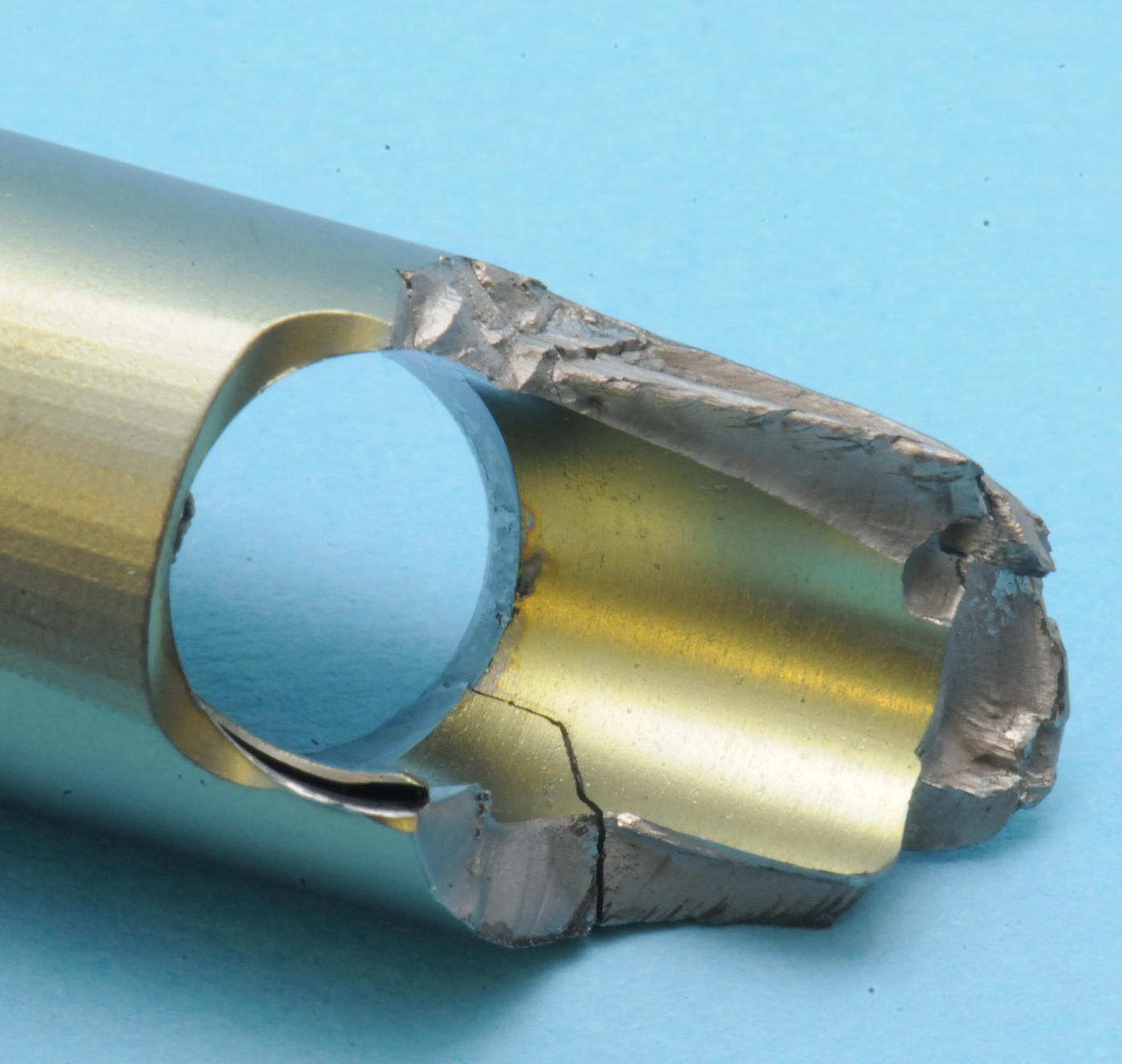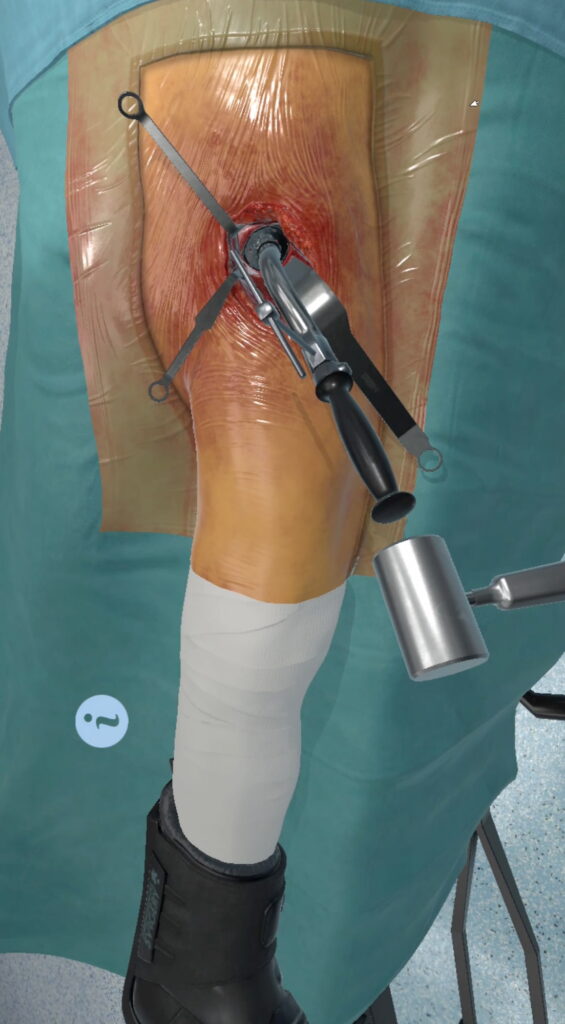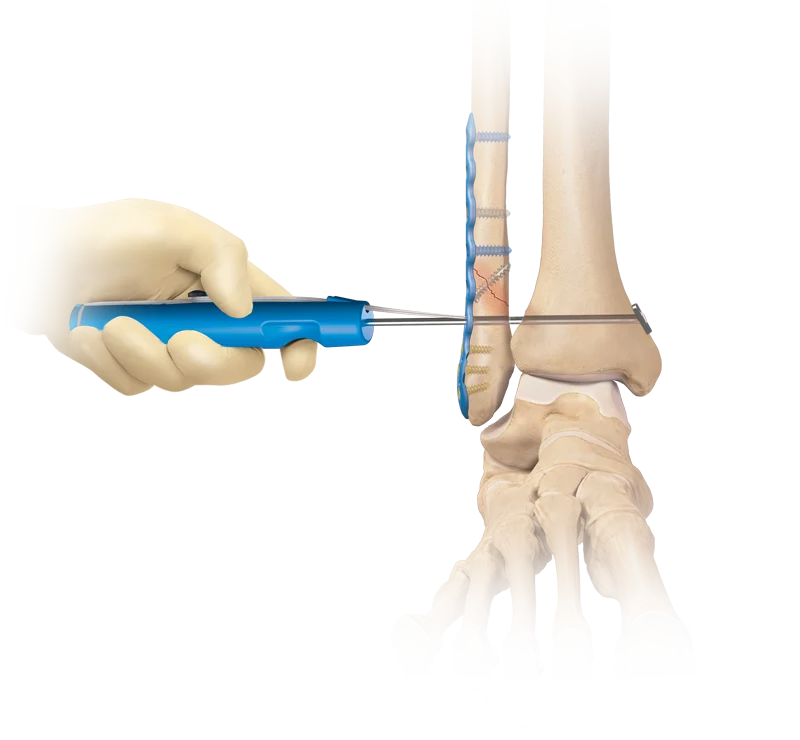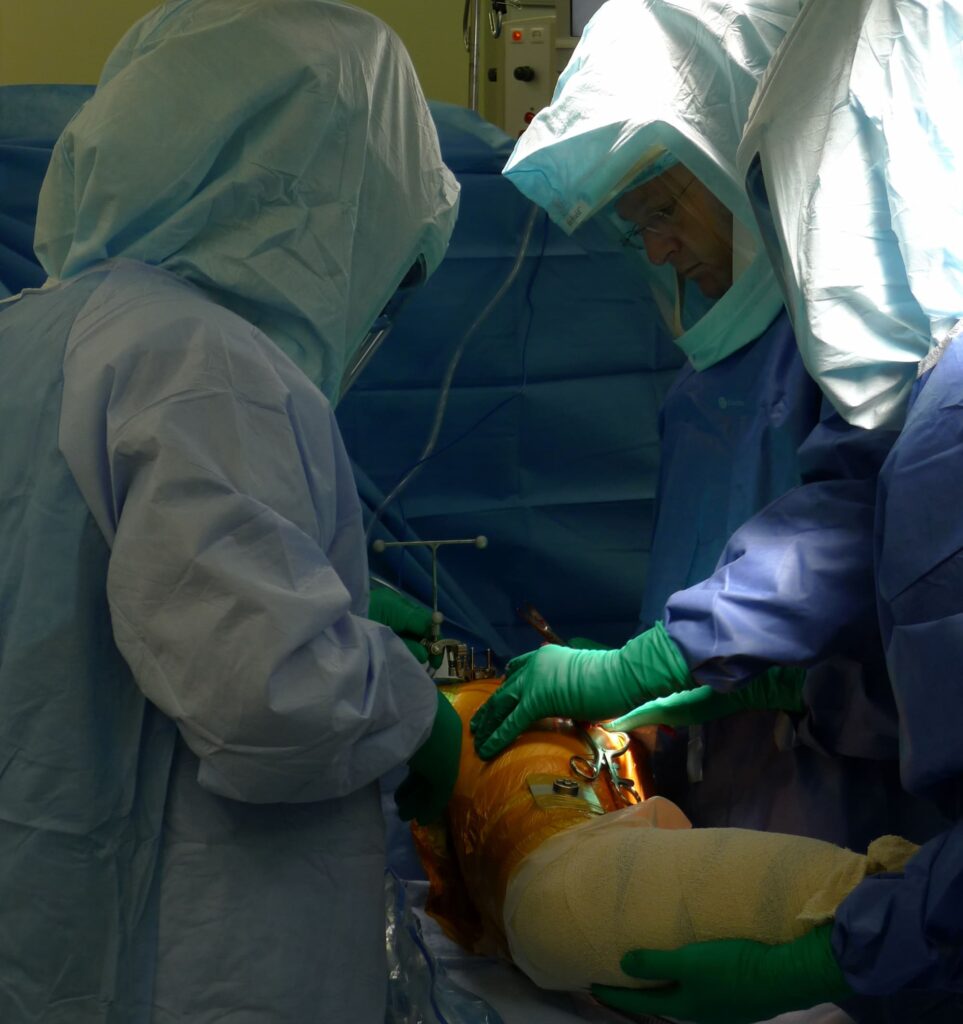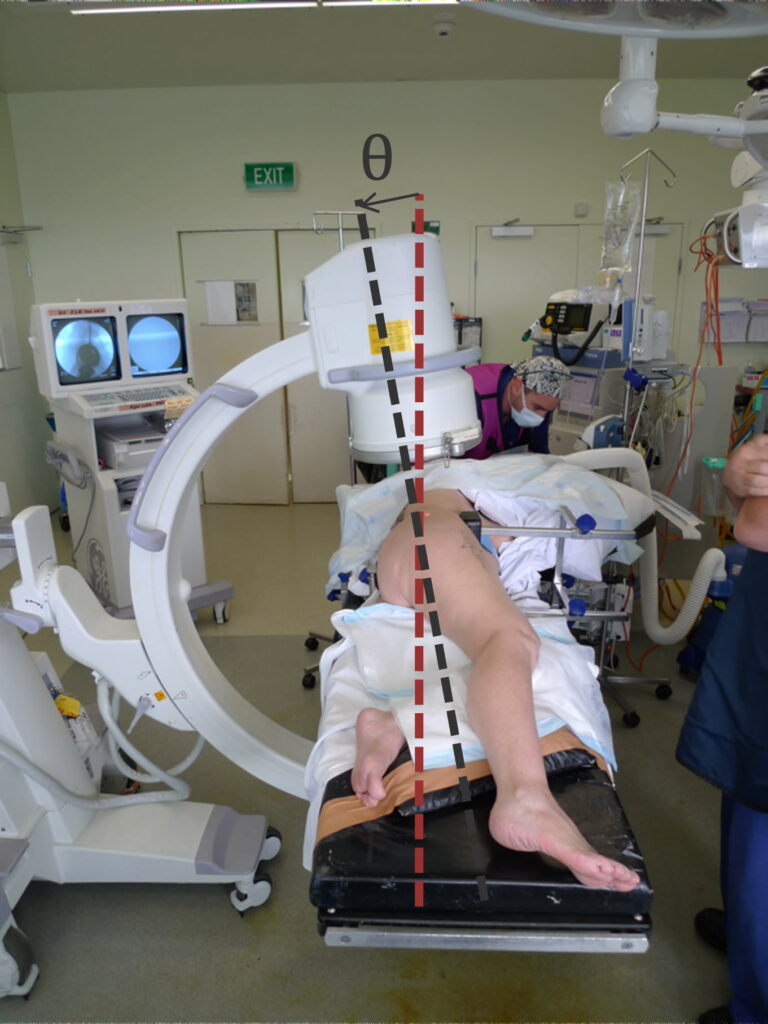Defining Cephalomedullary Nail Breakage Rates: A Systematic Review and Meta-Analysis.
Authors: Anton Lambers, Peter D’Alessandro, Piers Yates
Site: University of Western Australia, WA
This study, published in The Journal of Orthopaedic Trauma, investigates the breakage rates of cephalomedullary nails—rod-like implants used to treat hip fractures. The research question arose after Dr Lambers’ Master of Surgery thesis where it became clear a standardised acceptable rate of breakage was yet to be defined. By systematically reviewing the medical literature, Dr Lambers’ research establishes a benchmark for what constitutes an acceptable breakage rate, providing valuable insights for evaluating current and future implants. This was relatively unknown prior to this body of work.
The study analysed data from 24 research articles encompassing 51,952 patients. Using a meta-analysis approach, the pooled breakage rate was calculated at 0.4%, with 95% of studies reporting rates below 1.3%. These findings define a baseline for acceptable performance, enabling clinicians and researchers to assess whether new implants meet industry standards.
Some other important observations included variability in breakage rates based on study design, where larger database studies showed a consistent tendency to under-report failures. Factors influencing breakage risk include fracture type, implant placement, and patient activity levels. Younger, more active patients and complex fractures were linked to higher failure rates, highlighting the importance of tailored treatment strategies.
Importantly, implant breakage is a rare complication, and the rate should not be the sole criterion for evaluating implant success. This study underscores the need for comprehensive assessments, incorporating fracture healing and other mechanical failures to paint a complete picture of implant performance. This research sets a critical benchmark, aiding the orthopaedic community in developing safer, more durable implants for patients undergoing hip fracture treatment.
This research formed part of Dr Lambers’ PhD thesis.
